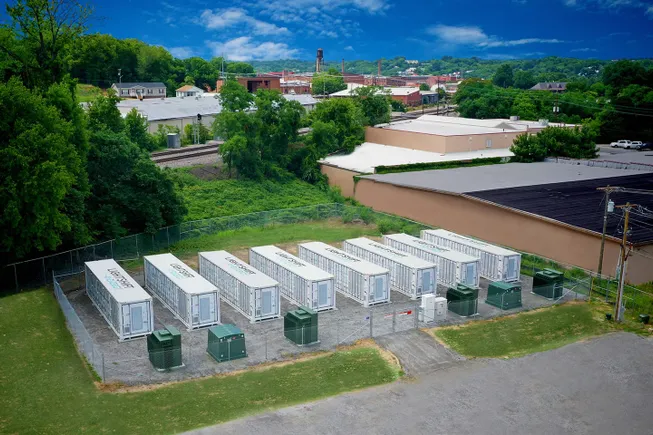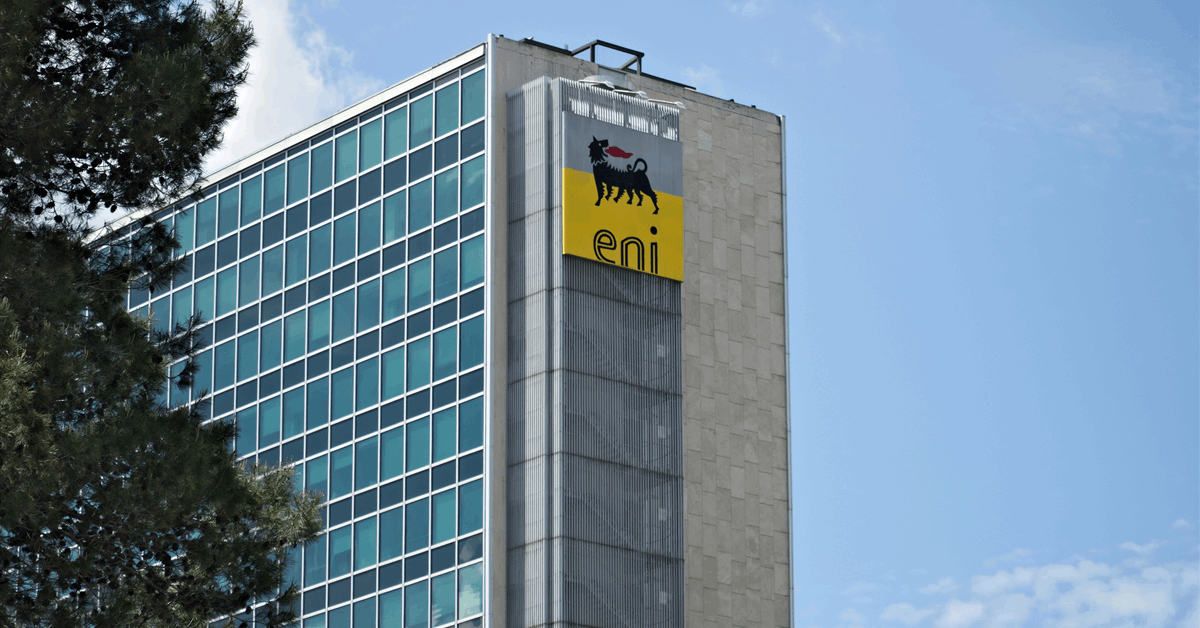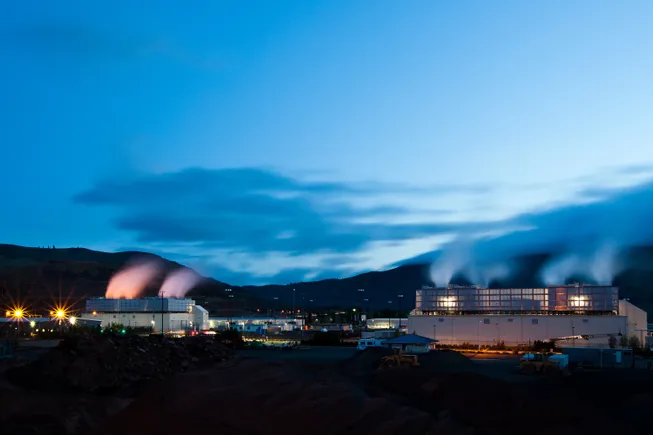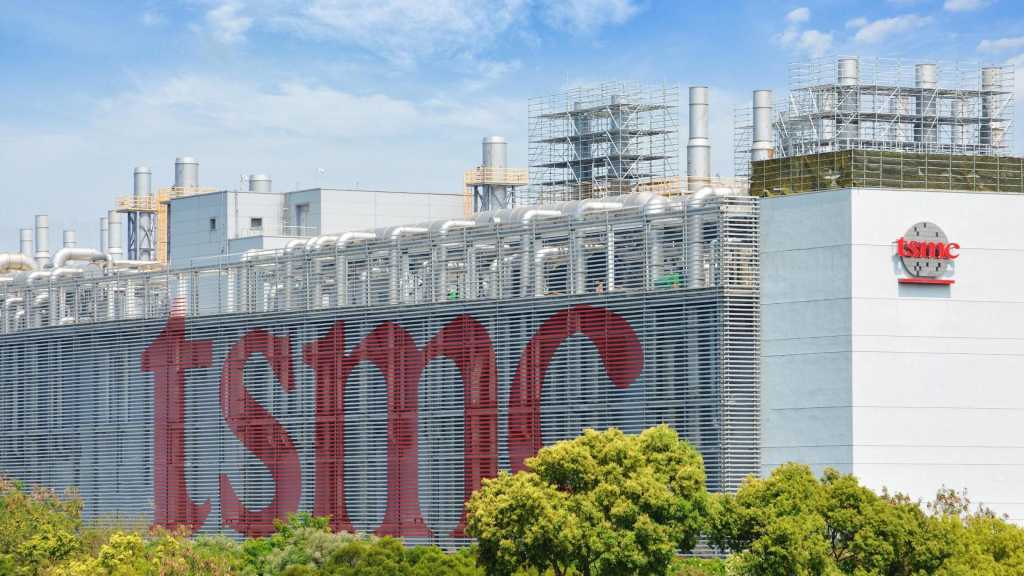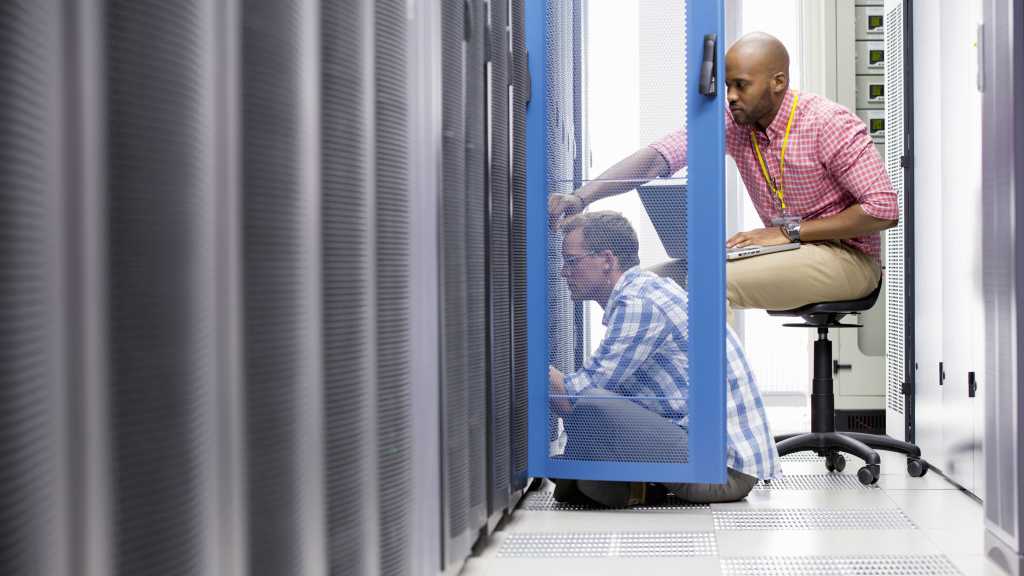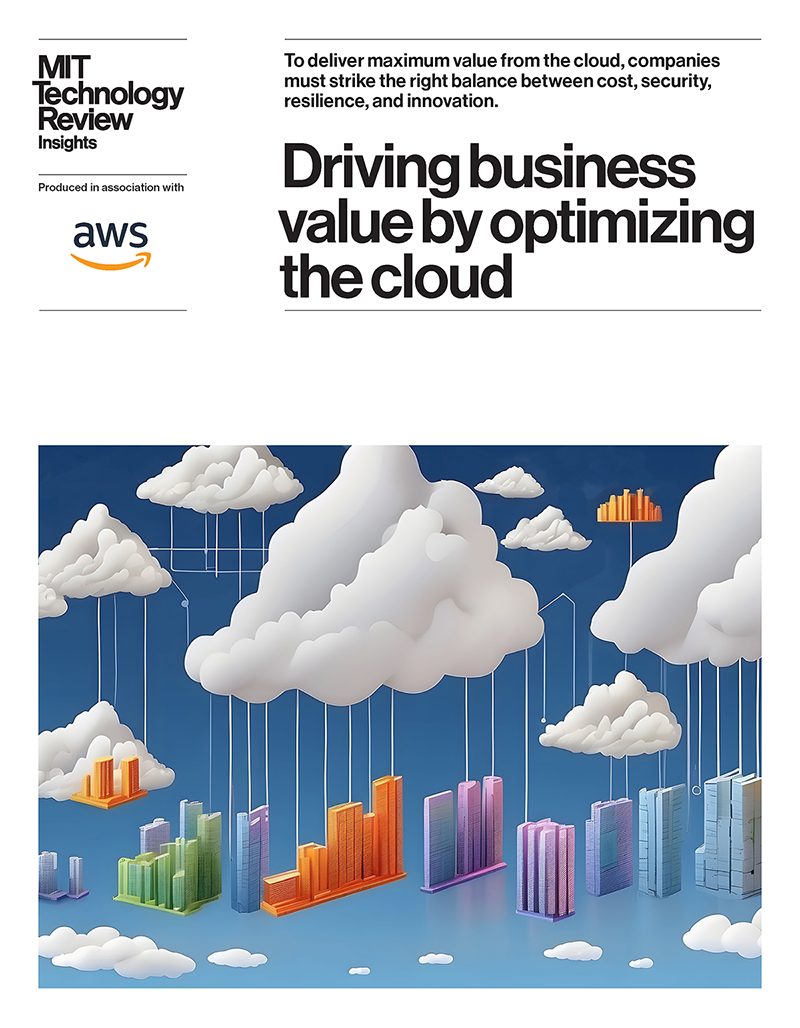
Soon after MIT’s 18th president, Sally Kornbluth, was inaugurated in May 2023, she made it a priority to expand her early on-campus listening tour to alumni living and working around the world. She wanted to learn more about their priorities and their connections with MIT, while also engaging them in her expansive vision for its future.
This international “presidential welcome tour” brought Kornbluth to cities with large alumni communities, including New York, San Francisco, and Washington, DC, as well as London and Singapore. She mingled with alumni and friends, including MIT donors and the families of current students, at receptions that were followed by fireside chats with MIT alumni leaders. At these events, she underscored the ways alumni and friends can help promote the Institute’s mission—such as volunteering, donating, and spreading positive news from MIT throughout the world.
“I think that communication about the wonderful things that are going on at MIT to the broader community is actually really important,” she said. “There’s no place like MIT to address the serious problems of our time.”
The impact of the alumni community on MIT’s mission was further articulated by MIT Alumni Association CEO Whitney T. Espich, HM ’24. “You are the walking embodiment of MIT’s values and potential in the world,” she told alums. “It is this community that keeps taking on our toughest problems, healing our planet, leading on AI, and finding grand solutions in tiny quantum dots.”
Past MITAA president R. Robert Wickham ’93, SM ’95, who moderated the conversation with President Kornbluth in London, noted that the event gave him and his peers a renewed sense of MIT’s role in meeting the world’s greatest challenges, such as combating climate change, ensuring ethical AI, and treating and curing disease. “Energizing the global connectivity of our community is something that’s very important to me as an international alum, so having Sally come to London and meet with so many of our European-based alums was very special,” says Wickham.
Natalie Lorenz Anderson ’84, the MITAA’s 2024–’25 president, traveled to Singapore for the tour’s final event. “I have found the president to be an excellent listener, very empathetic, attuned to the audience, and very wise in what she communicates,” says Lorenz Anderson. “There was such palpable energy, and alumni enjoyed hearing from her about the future of MIT. All five of these events have been a terrific way for alumni to get to know her.”





